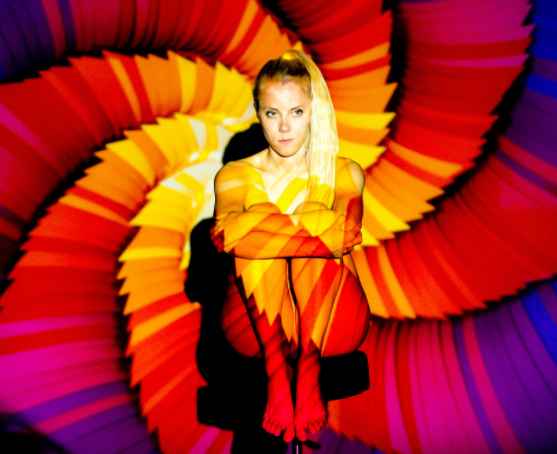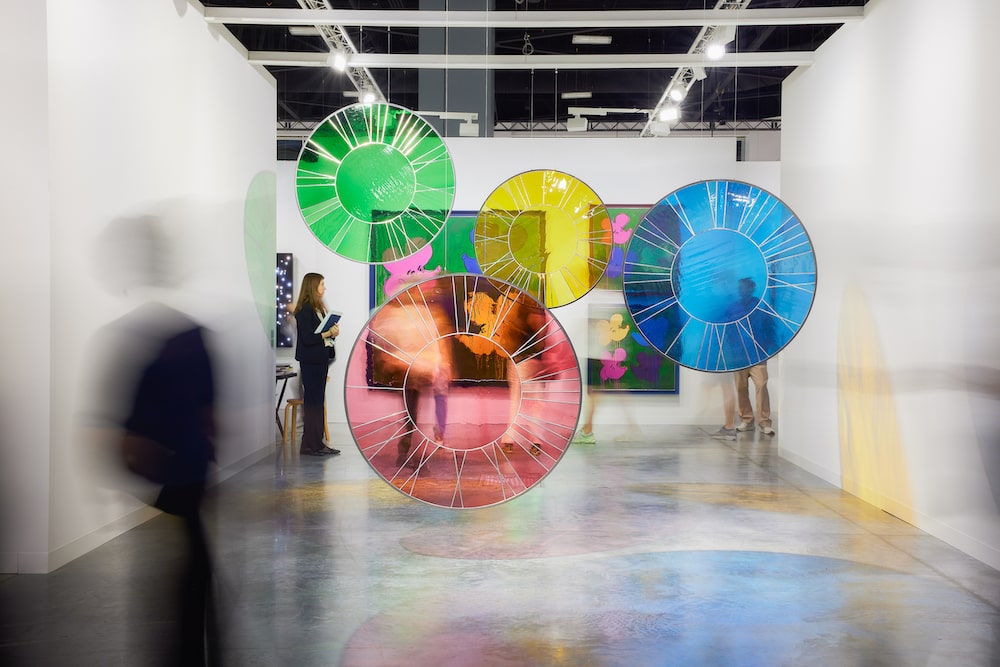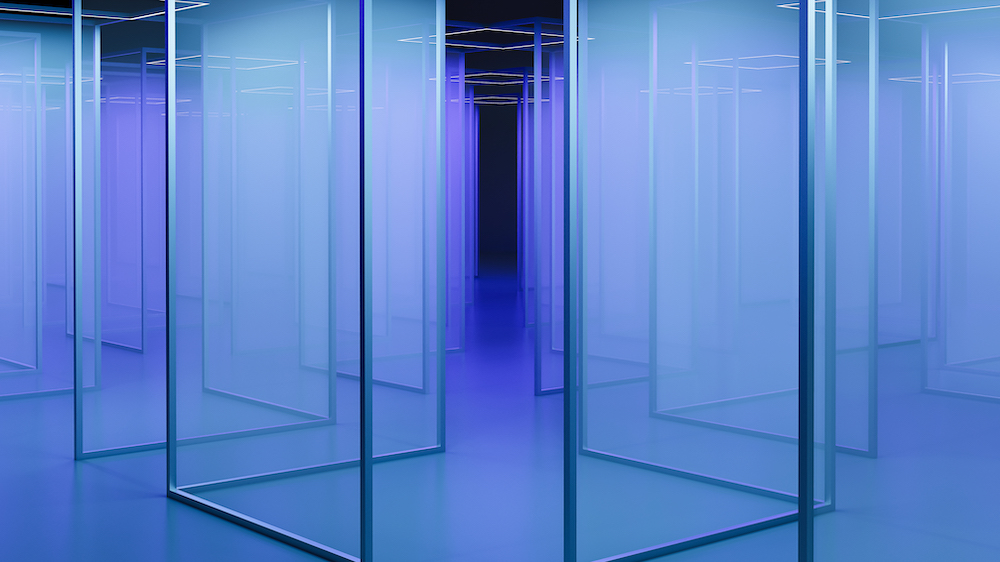Yesterday, the second edition of Artworks Live Case by Google launched, with a new collection of phone cases by artist Jen Stark, illustrators Craig & Karl, and Opening Ceremony designers Humberto Leon and Carol Lim.
With Artworks Live Case by Google, customers have a chance to choose and customize an artwork to create their very own limited edition piece for their phone. Once the case is in place, the Artworks Live Wallpaper app allows the user to choose from a variety of backgrounds by the same artist or designer. The first edition of the series included collaborations with Jeff Koons, Friends With You, and Jeremy Scott.
We caught up with Stark, who makes psychedelic, colorful, and optically stimulating work from layered intricately cut paper, while she was in Miami last week. She was showing some of her 3D pieces at Eric Firestone’s booth at Untitled. Stark has recently done several large-scale murals, in places like Culver City, the new Facebook building in Menlo Park, and at the Miami International Airport. And if you caught the 2015 VMAs hosted by Miley Cyrus, her animations and artwork were all over the stage and broadcast. We talked to Stark about the project with Google.
WHITEWALL: How were you approached by Google?
JEN STARK: They contacted me about doing a new line of cell phone cases. I was shown the past Jeff Koons’ case which was amazing. I got excited about the project and I got on board with it.
WW: How did you choose which works you wanted to use on the case, as some are 2D and some are images of your 3D work?
JS: I wanted to have a variety of my whole portfolio. I wanted to do a couple 2D and 3D. The 3D ones I wanted to seem like a small little warmhole or vortex was going into the phone, so it seemed sculptural. I tried to choose very vibrant images that really stood out and popped. I love color, so I wanted to incorporate that in the cases.
WW: What do you think of people being able to customize the case? Are you comfortable with giving away that kind of control as an artist?
JS: Yeah, I am. I chose images that I felt comfortable doing that with. You get to choose the design, blow it up, move it around. The user is acting like an artist or a curator making it exactly what they want. I love that concept.
A lot of my work in the past is for galleries and those types of spaces, but I like making my work more accessible. I love that it’s an affordable piece of art that goes on your cell phone.
 Courtesy of Jen Stark
Courtesy of Jen Stark
WW: In addition to more accessible work, you’ve been doing some public projects, like murals. What have you liked about that?
JS: I love doing public pieces because it brings my work to a whole different audience that might not walk into a gallery or museum. It’s really fun to see new people seeing my work. People are sort of surprised by it. Thousands of people walk by the murals every day.
WW: A lot of your work is made of layers of cut paper. How did you start working in paper and what keeps you going back to it?
JS: The paper started when I studied abroad in college my junior year in the south of France. I stumbled upon it. I went into the art store trying to find a cheap material and found a stack of construction paper. So I decided to take it back to the studio to see what I could do with it. I was always interested in super intensive work and process-oriented sequential type stuff. Step by step I started turning two-dimensional objects into three-dimensional. The paper made sense with that. I started cutting it, folding it, curling it, and seeing what I could do to manipulate a 2D material. It just started growing from there.
WW: You’ve said that the act and process of creating is just as important as final product; that you’re in a trance-like state when making the work. And viewing your work can be a bit trippy and transcendent. You can get lost in it. Did you consider how that might affect people who put your work on their phone case, an object we all spend so much time with?
JS: That meditative state is definitely a big part of my artwork and I love the process. I get Zenned-out in a trance sort of state when I make the work. I hope the viewer gets lost in it, as well, and finds some sort of Zen from it. Having it on a cell phone is very accessible, so they can be in a Zenned out state every day [laughs]!
WW: Your work feels so fresh and youthful, but there are some clear ties to psychedelic and op art movements. Who are some of the artists you’ve been inspired by?
JS: I’m inspired by a lot of different artists—Sol LeWitt, Fank Stella, Yayoi Kusama, Tom Friedman, Paper Rad, Andrew Goldsworthy…a lot of process-oriented work and visual effects. I’m inspired by the op art movement and having work play tricks with your eyes with movement and perspective, where the viewer feels like they’ve discovered something.











